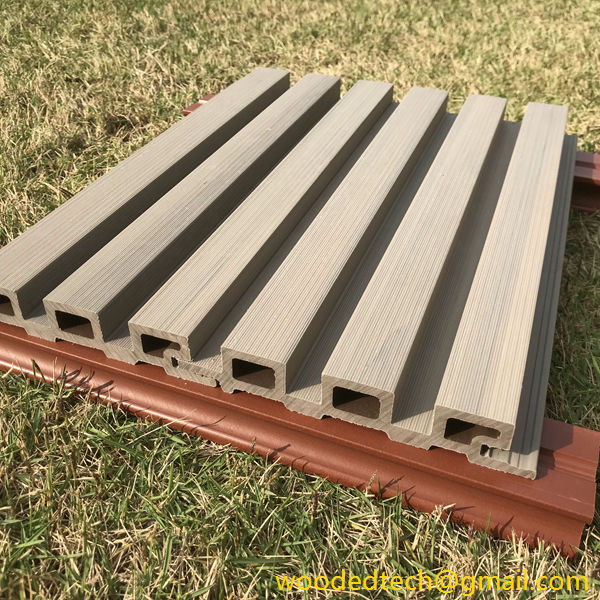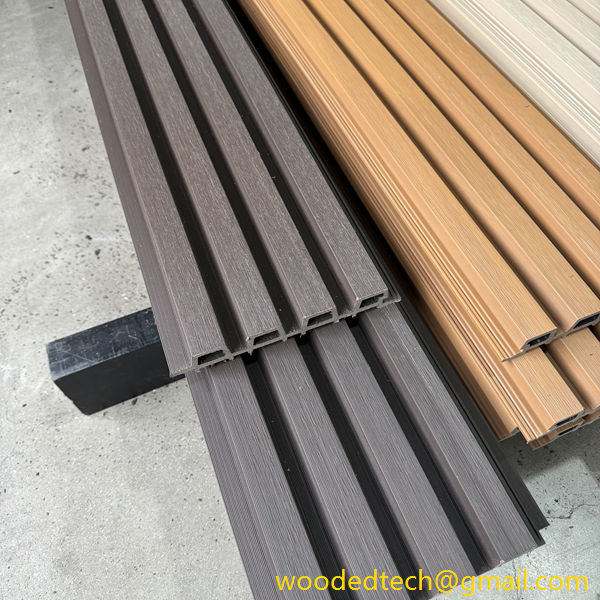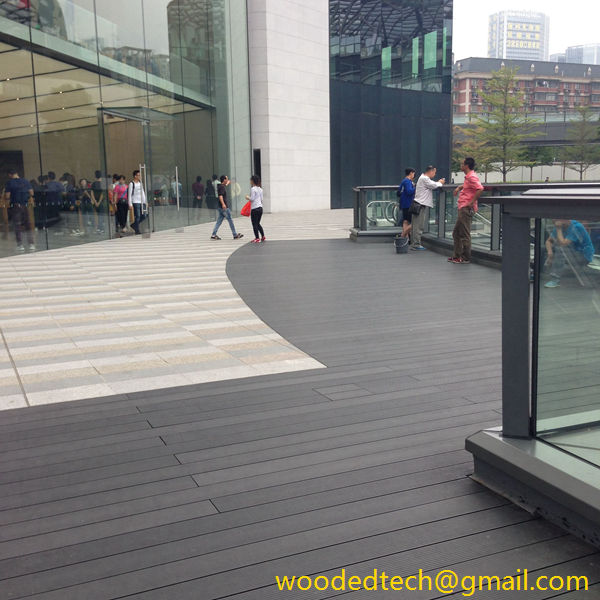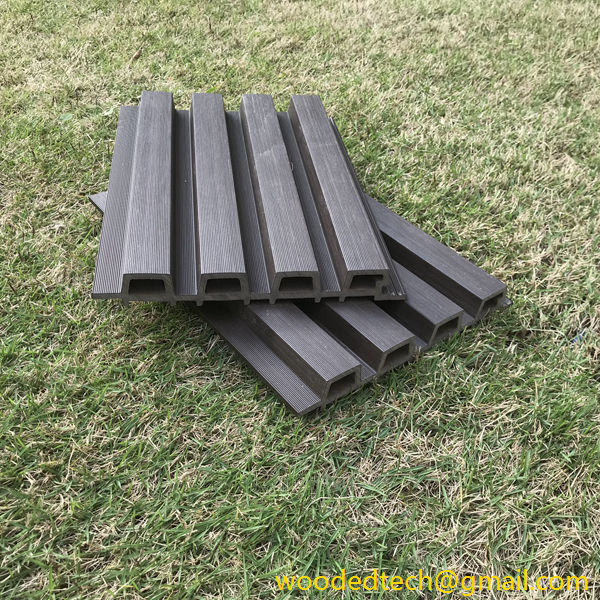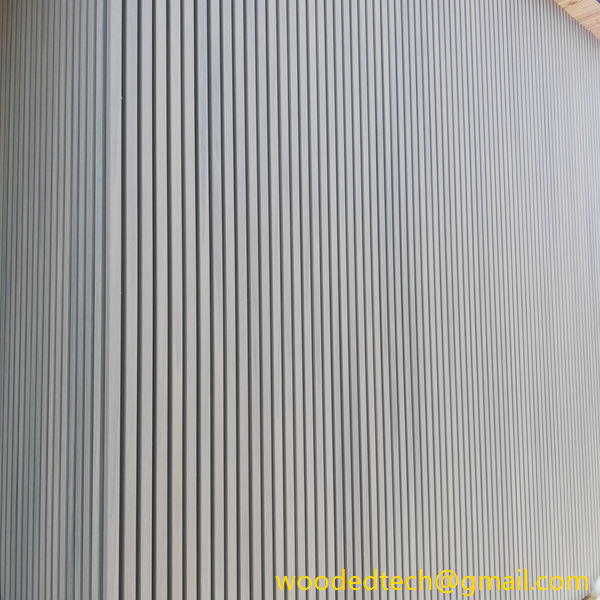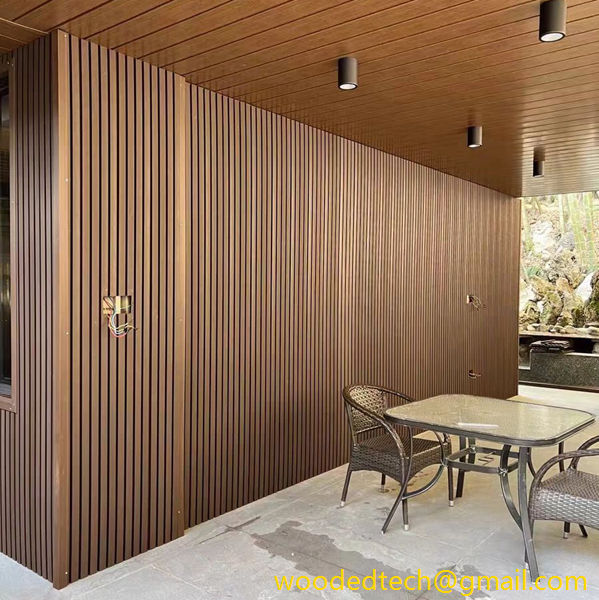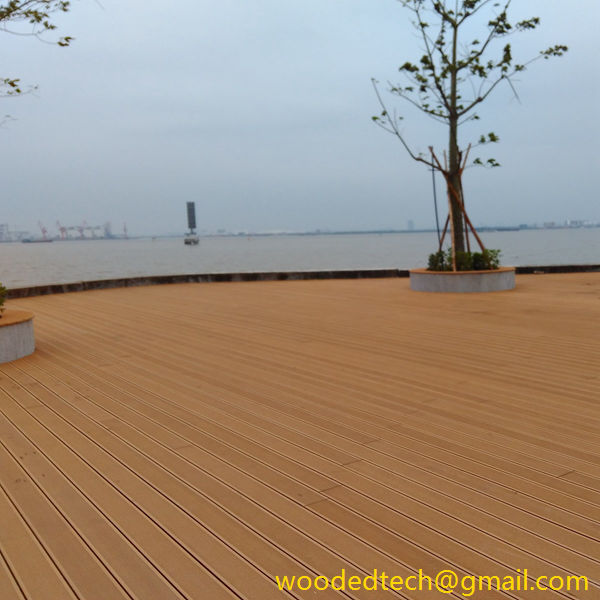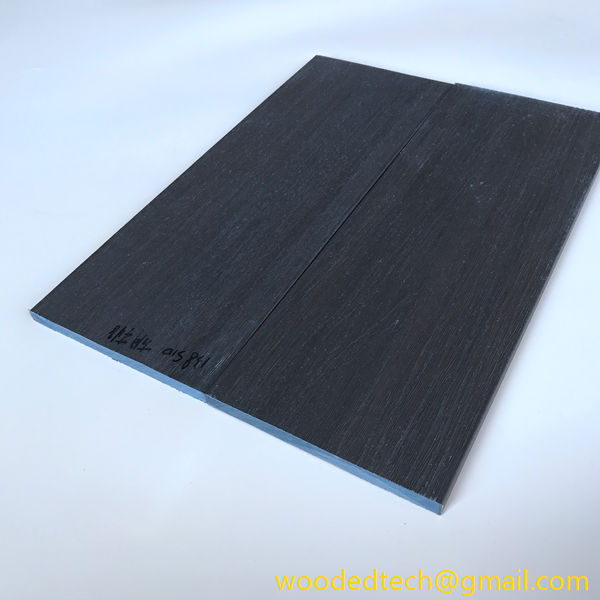Evaluating Plywood Wall Panels Price for Your Project
Evaluating Plywood Wall Panels Price for Your Project When embarking on a construction or remodeling project, one of the key components to consider is the choice of materials. Among the various options available, plywood wall panels have gained significant popularity due to their versatility and aesthetic appeal. However, as with any building material, understanding the…
Evaluating Plywood Wall Panels Price for Your Project
When embarking on a construction or remodeling project, one of the key components to consider is the choice of materials. Among the various options available, plywood wall panels have gained significant popularity due to their versatility and aesthetic appeal. However, as with any building material, understanding the price range of plywood wall panels is essential for effective budgeting and project planning. This article delves into the factors influencing plywood wall panel prices, the benefits they offer, and tips for evaluating their cost-effectiveness for your specific project.
Plywood wall panels are engineered wood products made from layers of thin veneer sheets glued together. This unique construction process results in a strong and durable material that is suitable for a wide range of applications, including residential and commercial spaces. The appeal of plywood wall panels lies in their customizable nature, allowing them to be tailored to fit various design styles and functional requirements.
Several factors influence the price of plywood wall panels. The type of plywood used is a primary determinant of cost. There are different grades of plywood, each with its own characteristics and price point. For instance, high-grade plywood, which has fewer defects and a smoother finish, tends to be more expensive than lower-grade options. Additionally, the thickness of the plywood panels can affect pricing. Thicker panels generally offer greater strength and durability, making them suitable for more demanding applications, but they also come at a higher cost.
Another important factor to consider is the finish of the plywood wall panels. Plywood can be left unfinished or treated with various coatings, stains, or paints to enhance its appearance and resistance to moisture and wear. Customized finishes can significantly increase the overall cost of the panels, but they also provide an opportunity to align the panels with your project’s design vision. For example, if you are aiming for a rustic aesthetic, you might opt for plywood with a distressed finish, while a modern look may call for sleek, polished surfaces.
The source of the plywood can also impact its price. Locally sourced plywood may be more cost-effective due to reduced transportation costs, while imported plywood could carry additional fees. Moreover, the availability of specific wood species can vary by region, affecting both the price and choice of materials. For instance, hardwood plywood, such as maple or oak, is typically more expensive than softwood options like pine or fir due to its durability and aesthetic appeal.
In addition to material costs, it is vital to account for installation expenses when evaluating the overall price of plywood wall panels. The complexity of the installation process can influence labor costs. For example, if the project requires intricate designs or custom cuts, this could result in higher labor fees. Conversely, straightforward installations may help keep costs in check. It is advisable to obtain quotes from several contractors to ensure you are getting a fair rate for the installation work.
Moreover, the size of the project plays a significant role in determining the price of plywood wall panels. Larger projects may benefit from bulk purchasing discounts, which can help lower the overall material cost. However, it is essential to balance the advantages of purchasing in bulk with the specific needs of your project to avoid wastage or purchasing excess materials that may not be needed.
To evaluate the cost-effectiveness of plywood wall panels for your project, it is essential to consider their long-term benefits in addition to their initial price. Plywood is known for its durability and resistance to warping, making it a reliable choice for wall paneling in various environments. Investing in high-quality plywood can lead to lower maintenance costs over time, as they are less likely to require repairs or replacements compared to cheaper alternatives.
Another advantage of plywood wall panels is their versatility in design. They can be easily customized to match different aesthetics, ranging from natural wood finishes to painted surfaces. This adaptability allows homeowners and designers to create unique looks that can enhance the overall appeal of a space. By choosing plywood wall panels, you can achieve a stylish finish without compromising on quality or durability.
In conclusion, evaluating the price of plywood wall panels involves considering multiple factors, including the type of plywood, thickness, finish, source, and installation costs. While the initial investment may vary, the long-term benefits and versatility of plywood make it a worthwhile consideration for your project. By understanding these elements and conducting thorough research, you can make an informed decision that aligns with your budget and design goals. Ultimately, plywood wall panels offer a customizable solution that can enhance the aesthetic and functional aspects of any space, making them a valuable addition to both residential and commercial projects.

